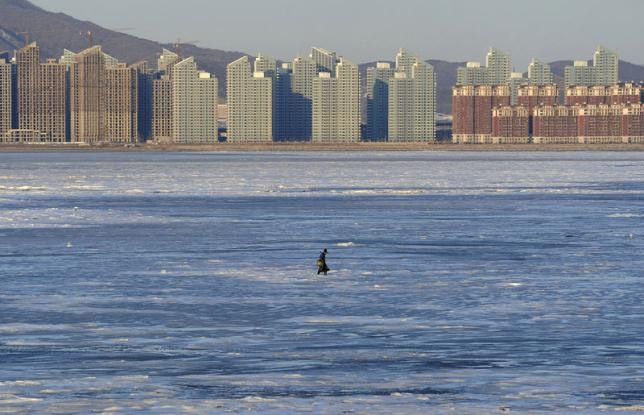More than 2.8 billion tons of waste water is regularly being discharged into northeastern China’s Bohai Sea, threatening the local ecosystem, a report revealed on Monday.
Aside from waste water, 700,000 tons of other pollutants are being dumped into the Bohai Sea per year, which totals to roughly half of all pollutants in Chinese waters, Beijing-based Economic Information said in its report.
The high amount of toxic waste has had a severe effect on the local fishing industry, causing fishing resources to shrink dramatically from 30,000 tons to just between 1,000 and 3,000 tons.
The growing number of factories in Hebei, Liaoning and Shandong provinces and in the port city of Tianjin are said to have contributed to the pollution.
The waters close to the Longkou Paper Manufacturing plant in Shandong and Huludao Zinc Factory in Liaoning have reportedly become so toxic that the nearby seabed has become "a desert" with no marine life, the report said.
"The dense population and heavy industries in the Bohai Sea Economic Zone have led to large amounts of garbage and industrial pollutants going straight to the sea," Ma Jun, director of the Institute of Public and Environmental Affairs in Beijing, told the press on Tuesday.
According to a report on the state of marine life in Hebei published in 2014, the water from 72 percent of sewage outlets to the sea has failed to comply with quality standards.
"The development of the maritime industry has also polluted the Bohai Sea. For example, harbor construction and ship oil also affect the waters directly," said Ma.
The Tangshan and Qinhuangdao harbors, both located in the Bohai Sea, are ranked fourth and ninth nationwide in terms of container flow capacity, with over 253,000 vessels plying the area, according to the Economic Information Daily.
Analysts have attributed the environmental degradation to the lack of local government regulations, as well as zero coordination and cooperation between the different regions surrounding the Bohai Sea area.
Many cities surrounding the Bohai Sea have failed to assign people to tackle maritime pollution, said Zhang Meizhi, a member of the Chinese People's Political Consultative Conference from Hebei, adding that the maritime pollution monitoring teams also have limited resources and manpower.
Analysts have also pushed a specific legislation to deal with pollution in the Bohai Sea.
"Local authorities need to strengthen supervision and increase penalties on enterprises' pollution discharge," said Ma.



























